I love to cook, but I don’t always have time to make a meal from scratch. That’s why I decided to put together this list of superfoods: they’re all easy and tasty ways to get more nutrients in your diet. The best part is that these nutrient-dense foods can be added to any meal (or even just eaten as snacks).
Broccoli
Broccoli is a cruciferous vegetable, which means it’s in the same family as cauliflower and cabbage. It’s loaded with vitamins A and C (as well as calcium, potassium, and vitamin K). Broccoli also has plenty of fiber—about three grams per cup—allowing you to enjoy its many health benefits without having to worry about getting caught up on your daily recommended dosage at once!
Broccoli is great for heart health because it contains high amounts of antioxidant nutrients called flavonoids. These work together with other compounds found in broccoli to lower bad cholesterol (LDL) while increasing good cholesterol (HDL).
Leafy greens
Leafy greens are the most nutrient dense food out there. This is because they have so much fiber and water, which makes them filling and keeps you from overeating. The fiber also helps to keep your blood sugar balanced. Leafy greens are high in vitamins A, C, and K as well as calcium, iron, and magnesium. Leafy greens are also a good source of antioxidants that can help improve your overall health!
Berries
Berries are the superfood of the season and for good reason. Packed with antioxidants and fiber, berries can help you achieve a healthy weight and support your immune system. They’re also easy to find at farmers’ markets or even your local grocery store!
Here’s how berries stack up:
- Berries are low in calories, making them perfect for those who want to watch their weight without sacrificing taste. Their high water content also means they’ll fill you up without adding many calories at all.
- Berries contain more antioxidants than any other fruit or vegetable on Earth—and some studies show that these bright blue-red delights can help protect against heart disease too! That’s because they’re full of flavonoids (the power behind many anti-inflammatory foods).
- Berries are also high in fiber so they keep you feeling fuller longer after eating them—great news if you’ve been trying to lose weight or cut down on processed sugary snacks which cause spikes in blood sugar levels followed by crashes later on down the road.
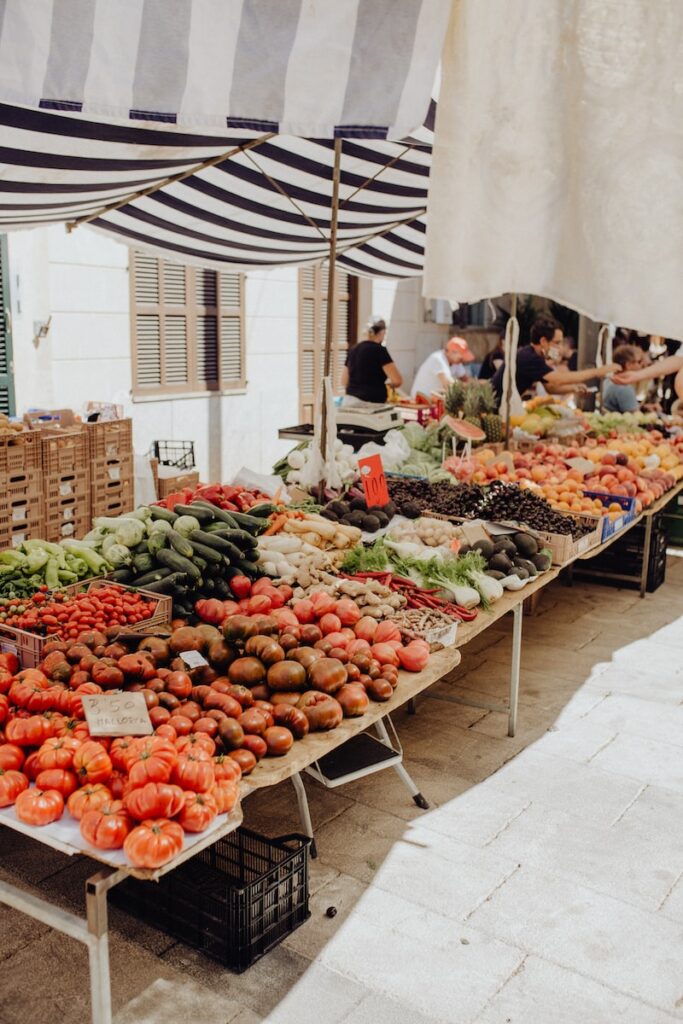
Nuts
Nuts are high in protein, healthy fats, and fiber. They’re also a good source of vitamins and minerals.
However, they are also high in calories, so be careful not to overdo it on the nuts—especially if you have a weight loss goal!
Some varieties have more sodium than others which can make them less than ideal for those who need to watch their sodium intake.
Garlic and onions
Garlic and onions are a great source of sulfur, which is an essential component in many proteins and amino acids. It also helps to detoxify, promotes hair growth, and strengthens nails.
Beans and legumes
Beans and legumes are great sources of protein, fiber, iron, and other nutrients. They also have a low glycemic index (which means they won’t spike your blood sugar levels). Beans are one of the best foods for heart health because they help lower cholesterol levels.
Turmeric
Turmeric is a spice that’s prized in both Indian and Chinese cuisines. It’s most commonly used to flavor dishes, but it also has some powerful health benefits—and unique color!
Turmeric comes from the root of the tropical plant Curcuma longa, which is in the ginger family. In its dried state, turmeric looks like sand and gives off an earthy aroma; when fresh, it resembles ginger root. If you’ve ever eaten Indian food or taken an anti-inflammatory medication such as Aleve®, then you may be familiar with what this spice tastes like: bitter yet slightly sweet with hints of pepperiness and piney notes (think orange peel).
The active ingredient in turmeric is curcumin—a compound with antioxidant qualities that can help prevent cell damage caused by free radicals.
Some research suggests that curcumin improves mood by boosting levels of serotonin (the happy hormone) while reducing cortisol (the stress hormone).
What’s more? Research has shown that taking curcumin supplements every day can reduce inflammation associated with arthritis as well as other conditions like diabetes.
You may have heard about how turmeric helps alleviate symptoms associated with rheumatoid arthritis; however, there’s no scientific consensus on whether this treatment works.
It’s important to note that there haven’t been any studies done on pregnant women using turmeric so if you are pregnant or nursing consult your doctor first before adding more than minimal amounts into your diet.
Shiitake mushrooms
Shiitake mushrooms are a powerhouse of nutrients. These fungi are high in antioxidants and contain compounds that can help support healthy immune function and lower cholesterol levels. The mushroom is also rich in fiber, protein, B vitamins like folate and riboflavin (vitamin B2), iron—and even calcium!
The shiitake has gained popularity for its use as an immune booster because it contains lentinan: a polysaccharide that may help reduce inflammation, fight cancer cells, and prevent blood clots within the arteries (1).
There’s one caveat to this superfood though: eating raw shiitakes can cause digestive issues if you have an allergy or sensitivity to sulfites (a type of preservative). So make sure to cook them before consuming them raw!
Dark chocolate
Dark chocolate is a good source of antioxidants, which can help prevent damage to cells. It also contains magnesium, iron, and copper — all essential nutrients for many bodily functions. Dark chocolate contains fiber and is high in calories so it should be eaten in moderation.
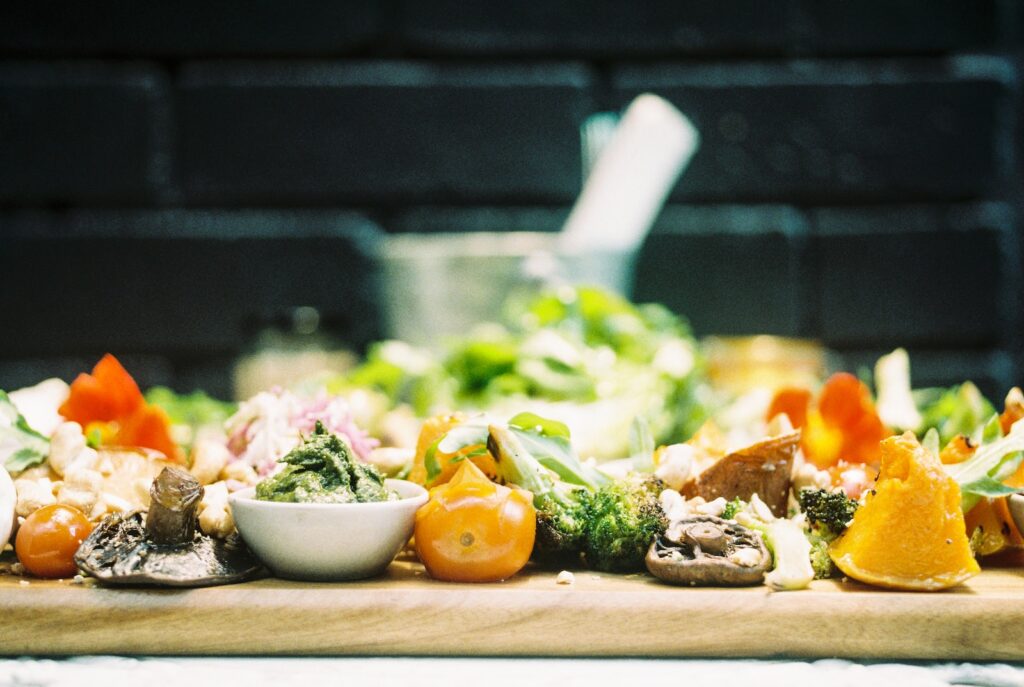
Sweet potatoes
Sweet potatoes are a good source of vitamin A, with one boiled sweet potato containing over half the daily recommended intake. By contrast, in the same amount of fruit (1 cup), you would only get around 200% of your daily vitamin C needs. Sweet potatoes also contain fiber and potassium—two nutrients that many Americans struggle to consume enough of in their diet.
In order to get all these benefits from sweet potatoes, you need to eat them cooked! They lose most of their nutrients when they’re not cooked in some way because their skins contain toxins that protect against insects and fungi if left on when eaten raw.
However, cooking them for just 15 minutes at 375 degrees Fahrenheit as opposed to boiling them for several hours will retain much more health benefits than boiling does alone!
We can get the most nutrients out of our food by eating a variety of superfoods.
Although superfoods are not a new concept, many people are still surprised to learn that there is such a thing as nutrient-dense food. Superfoods are foods that are high in nutrients, which means they make you feel better after eating them compared to other types of food.
When we talk about superfoods, it’s important to understand what we mean by “nutrient density.” We can get the most nutrients out of our food by eating a variety of superfoods instead of focusing on just one type.
For example, kale may have more calcium than spinach but spinach has more vitamin A or iron. To make sure your body gets everything it needs from its daily diet, consume foods from each group below:
Conclusion
So, now you know what some of the most nutrient-dense foods are. They’re packed full of vitamins and minerals that will give your body the boost it needs to function at its best. Eating these foods regularly can help reduce your risk for various diseases like heart disease or stroke, as well as improve symptoms of depression and anxiety! They also contain nutrients that aid digestion like fiber from berries or beans/legumes



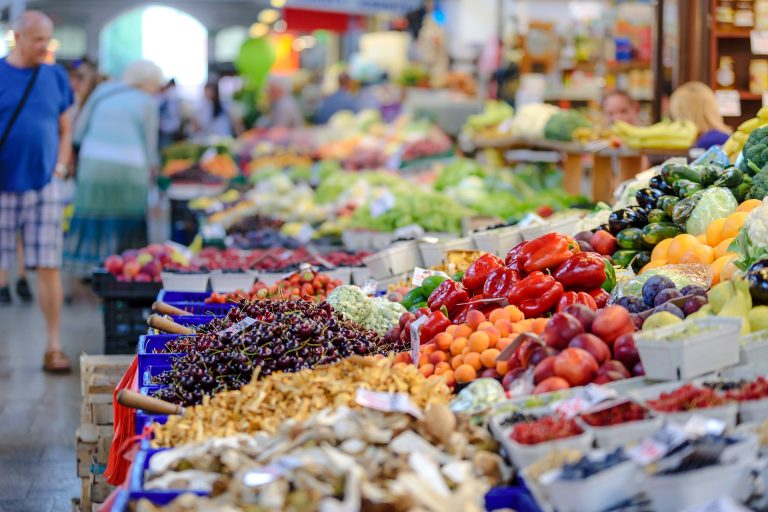
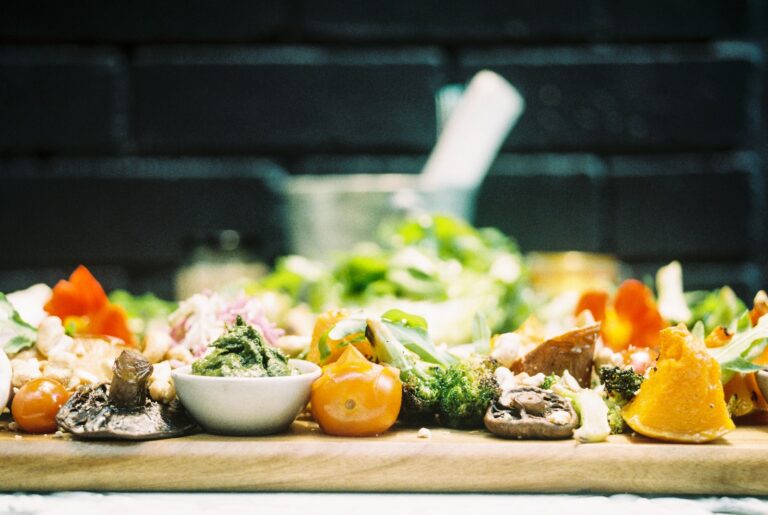
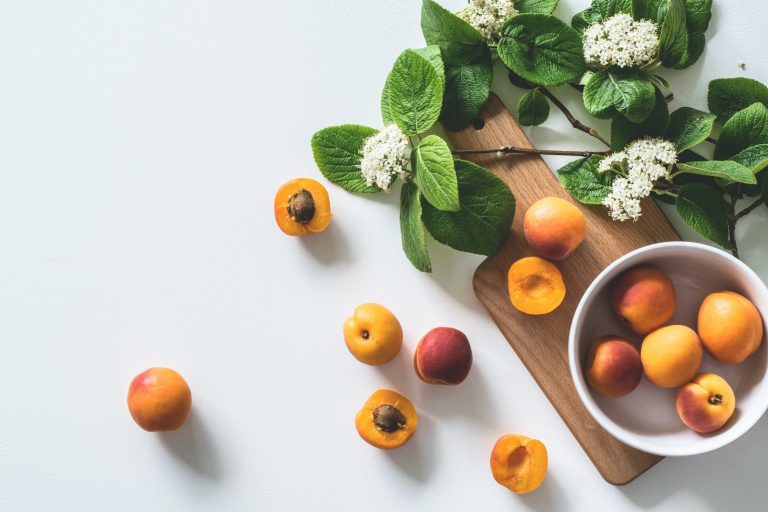
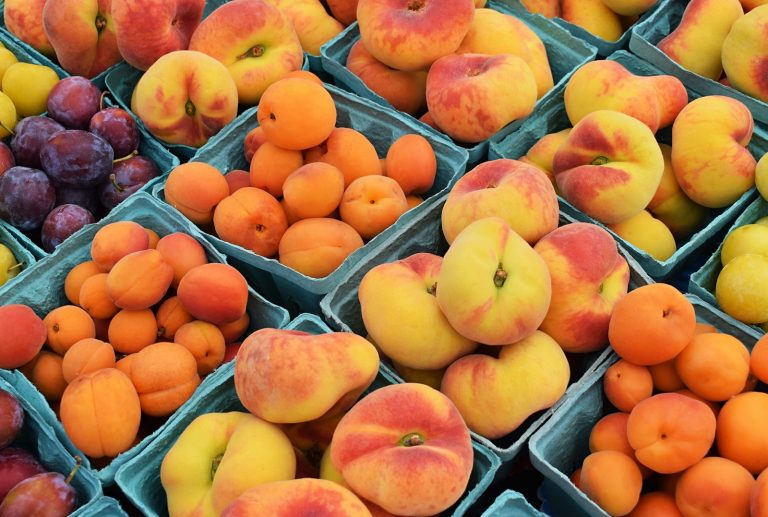
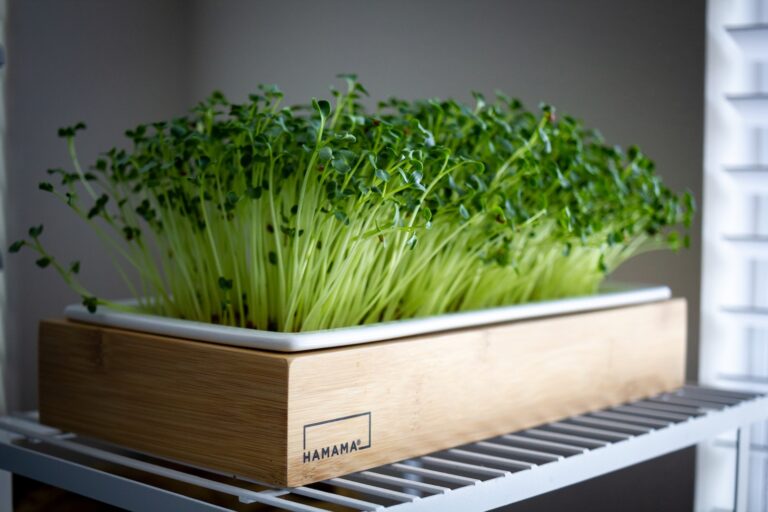




[…] you want to sell your homemade jams or chutneys at the farmers market but aren’t sure if they are permitted, contact them directly and ask about their policies […]
[…] Soup is a great way to fill up without eating a lot of calories. It’s also a healthy option if made with lean protein and vegetables. […]